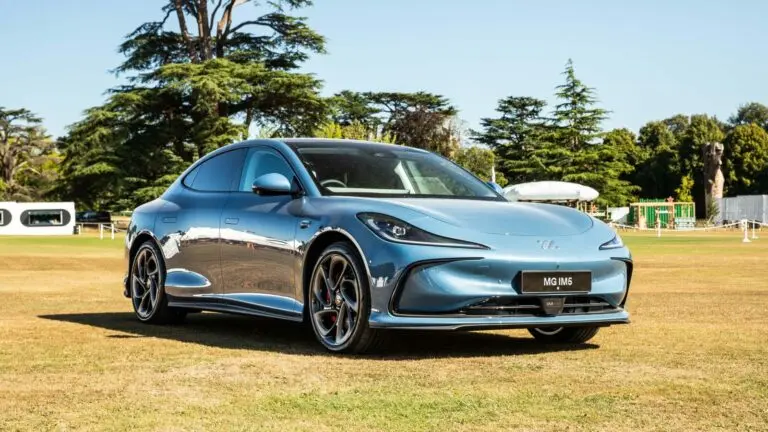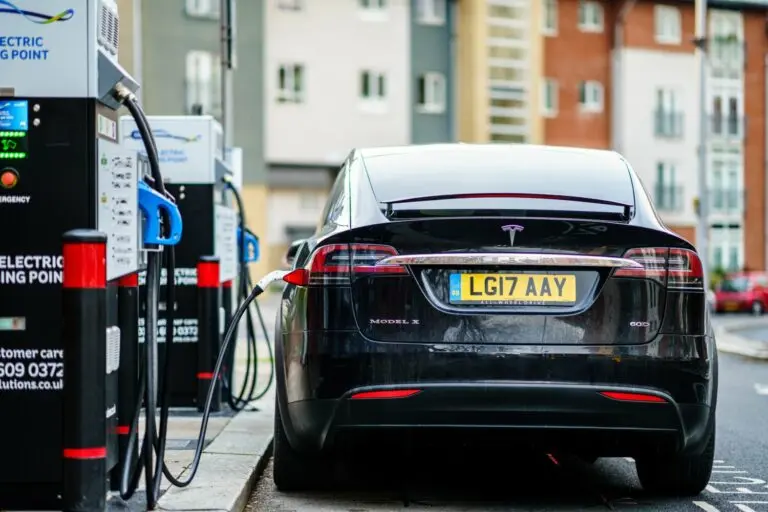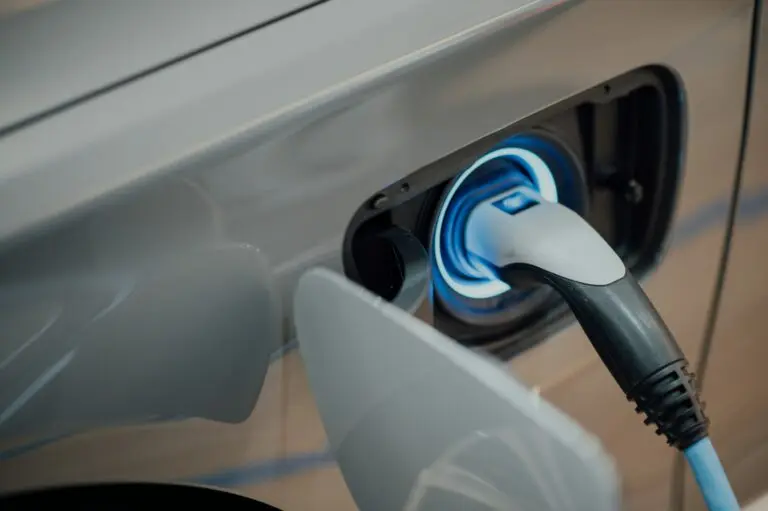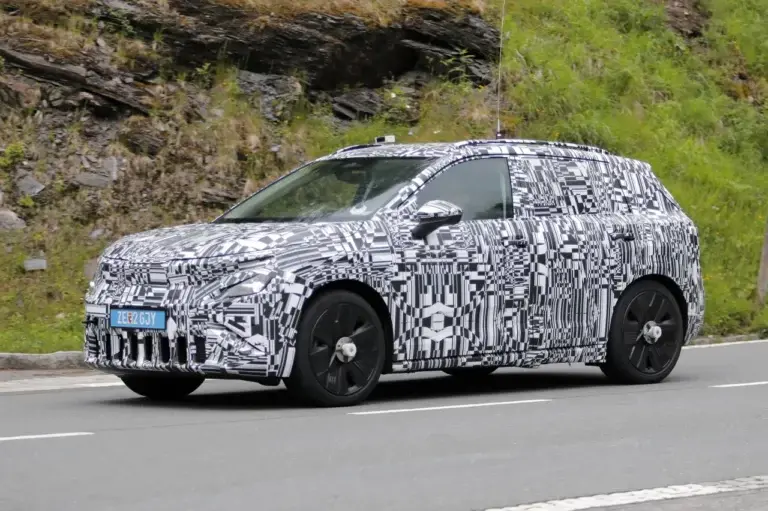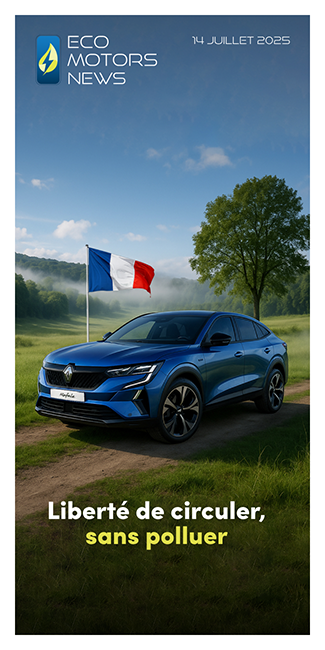Like the car industry, the motorbike industry needs to reinvent itself before 2035. Electric scooters and motorbikes are gradually making their way into our towns and cities, appealing as much to city dwellers concerned about their carbon footprint as to enthusiasts of new technologies. But before taking the plunge, consumers need to ask themselves a number of crucial questions…
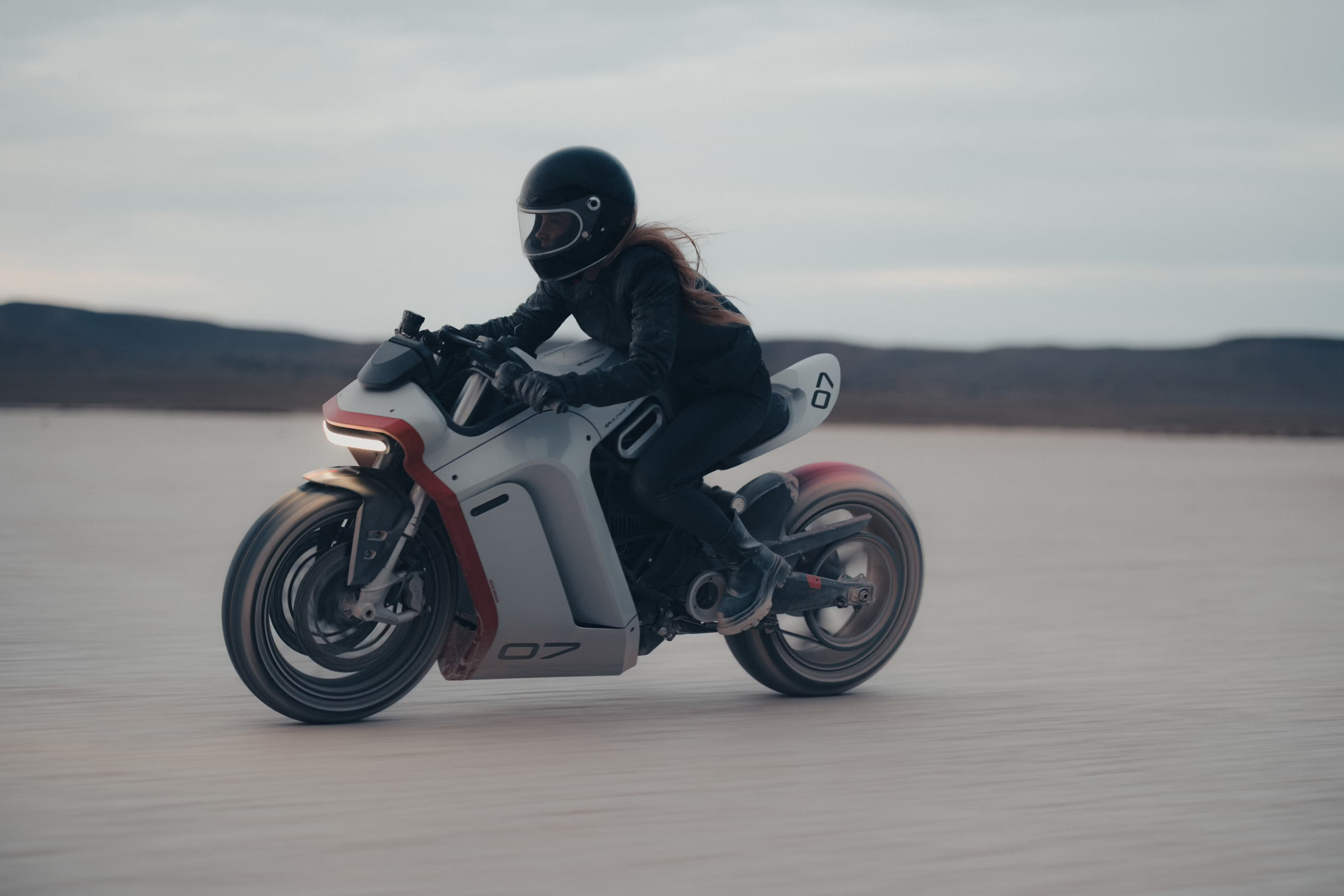
Given the small size of the battery, will it last long enough to get you from home to work? Where, when and how do you recharge? Are you eligible for government subsidies? Are the charging points different from those for electric cars? And many more besides… All these (legitimate) questions are concerns that put the brakes on the purchase of an electric scooter or motorbike.
Basile Delaruelle, a Parisian student and owner of an electric scooter, experiences this on a daily basis: » I can make a round trip between my home and my school, but really not much more… On the second return journey, i.e. once I’ve covered around twenty kilometres, I often find myself below 20%, and the scooter automatically slows down « . This weariness is well reflected in the market for these two-wheelers over the past two years…
To put this into context, over the period 2019-2022, the market is seeing a significant increase in sales, due to several factors:
● The growing restrictions of the ZFEs (Low Emission Zones),
● Government subsidies for the purchase of electric scooters,
● The boom in home deliveries (mainly during the COVID-19 period, with Deliveroo, UberEats, etc.).
All these changes have pushed companies and individuals alike to seize the opportunity of this EV. The result: in 2022, 50,992 registrations in France, representing a market that is 71.1% up on 2021 (according to the Solly Azar – AAA Data Observatory).
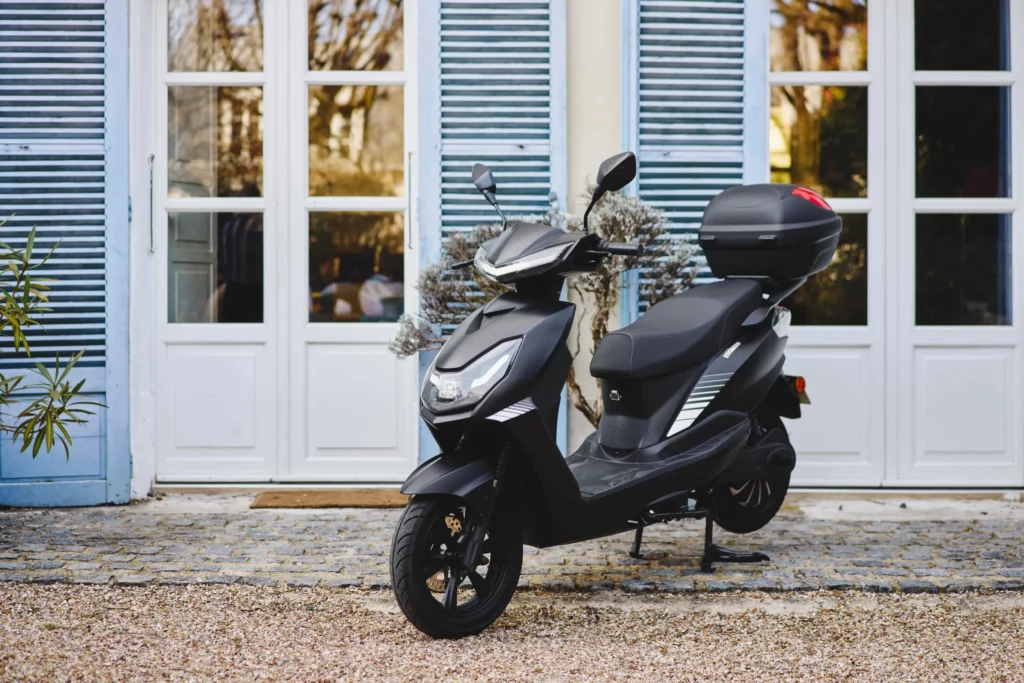
However, since 2023, the trend has been reversed… This year, the market for electric two-wheelers has fallen by 16%. And this trend has not improved since…
A number of factors are holding back the adoption of EVs by users. Two-wheelers are coming up against an increasing number of much more flexible alternatives. Electrically-assisted bicycles and scooters, for example, do not require a licence, so the target audience is much wider. Basile confirms the practical complexity of this EV: « On my electric scooter, I have to take the battery apart every evening to recharge it at home. It’s a real hassle, especially if you don’t have a garage. What’s more, these batteries are relatively portable: » They’re heavy… When you’re on the move all day, carrying your battery around under your arm isn’t really practical.
However, with ecological constraints, anti-pollution regulations and rising fuel prices, by 2025 electric scooters are an imperative choice, but one that needs to be carefully negotiated. However, even if it’s a good deal, it’s still essential to find out exactly what you need and what your budget is before buying an electric scooter or motorbike…
Which licence for which vehicle?
For thermal two-wheelers, the rule was quite simple:
● 50CC engine = AM licence (former BSR)
● 125CC engine = A1 licence (or « 125 licence ») or B licence + « 125 training ».
● +125CC engine (and more powerful) : A licence
With the arrival of electric scooters, motorbikes and maxi-scoots, the concept of engine capacity is changing:
● 50CC equivalent: scooters with a power rating of around 4 kW, max speed 45 km/h (Accessible with AM / BSR licence)
● 125CC equivalent: scooters with a power rating of between 4 kW and 11 kW, capable of speeds in excess of 45 km/h (Accessible with A1 licence or Permis B + « Formation 125 »)
● Maxi-scooters and electric motorbikes (power between 11 kW and 35 kW): Requires an A2 licence, accessible from the age of 18, with a theory and practical test.
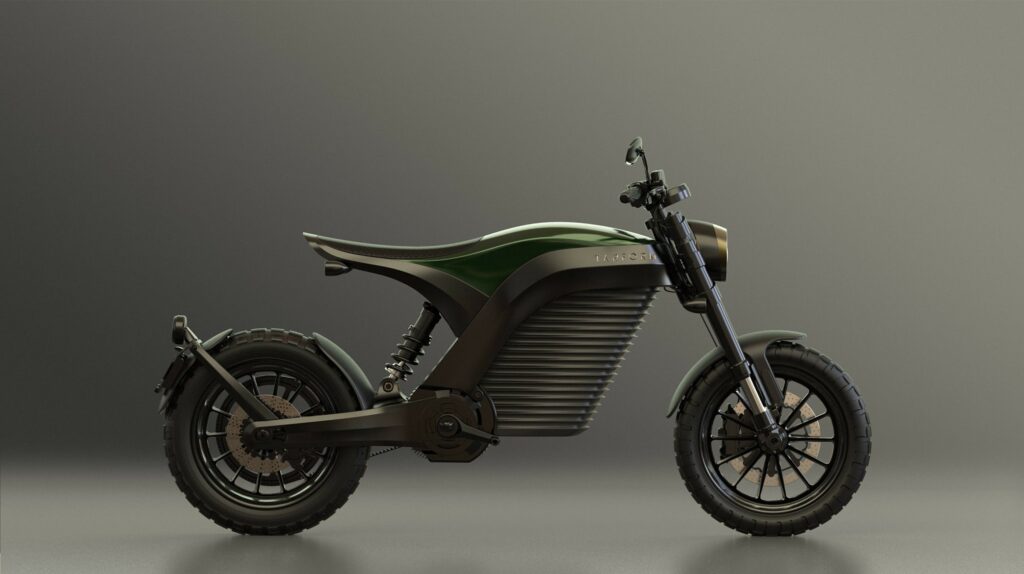
Ultra-efficient models, a category ≥ 35 kW
Some 100% electric maxi-scooters, like the BMW CE-04, have very specific ambitions. In 2014, BMW launched its ‘C-Evolution’ range with a clear objective: to compete with market benchmarks such as Yamaha’s T-Max and Honda’s Forza, which are widely acclaimed for their sportsbike-like performance.
To offset this decline in the electric two-wheeler market, some companies, such as Zero Motorcycles, are slashing prices on certain models. You can expect discounts of up to €6,000, depending on the model and year of manufacture. The discounts apply to the whole range, from the 125 CC equivalent to the most powerful models.
The aim is to make these motorbikes more accessible, attract more people and help the market move towards electric two-wheelers.
At a time when cities are looking to move away from internal combustion, these EVs represent credible alternatives. But the choice needs to mature, between technical constraints and financial incentives.



